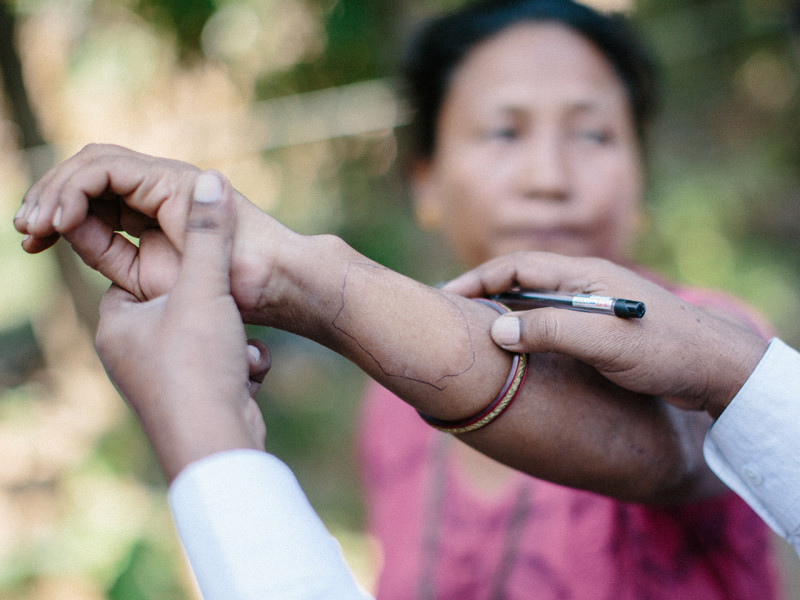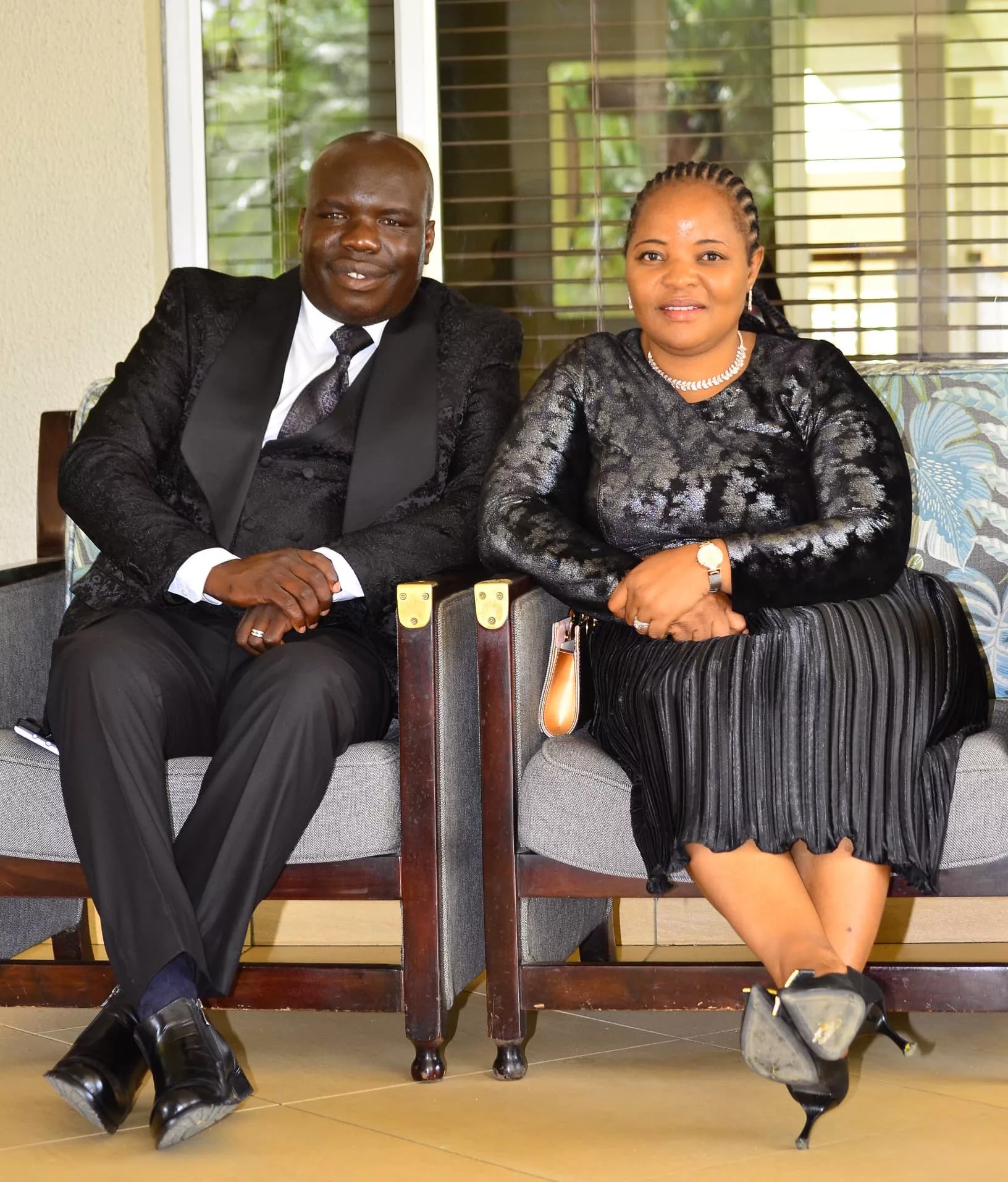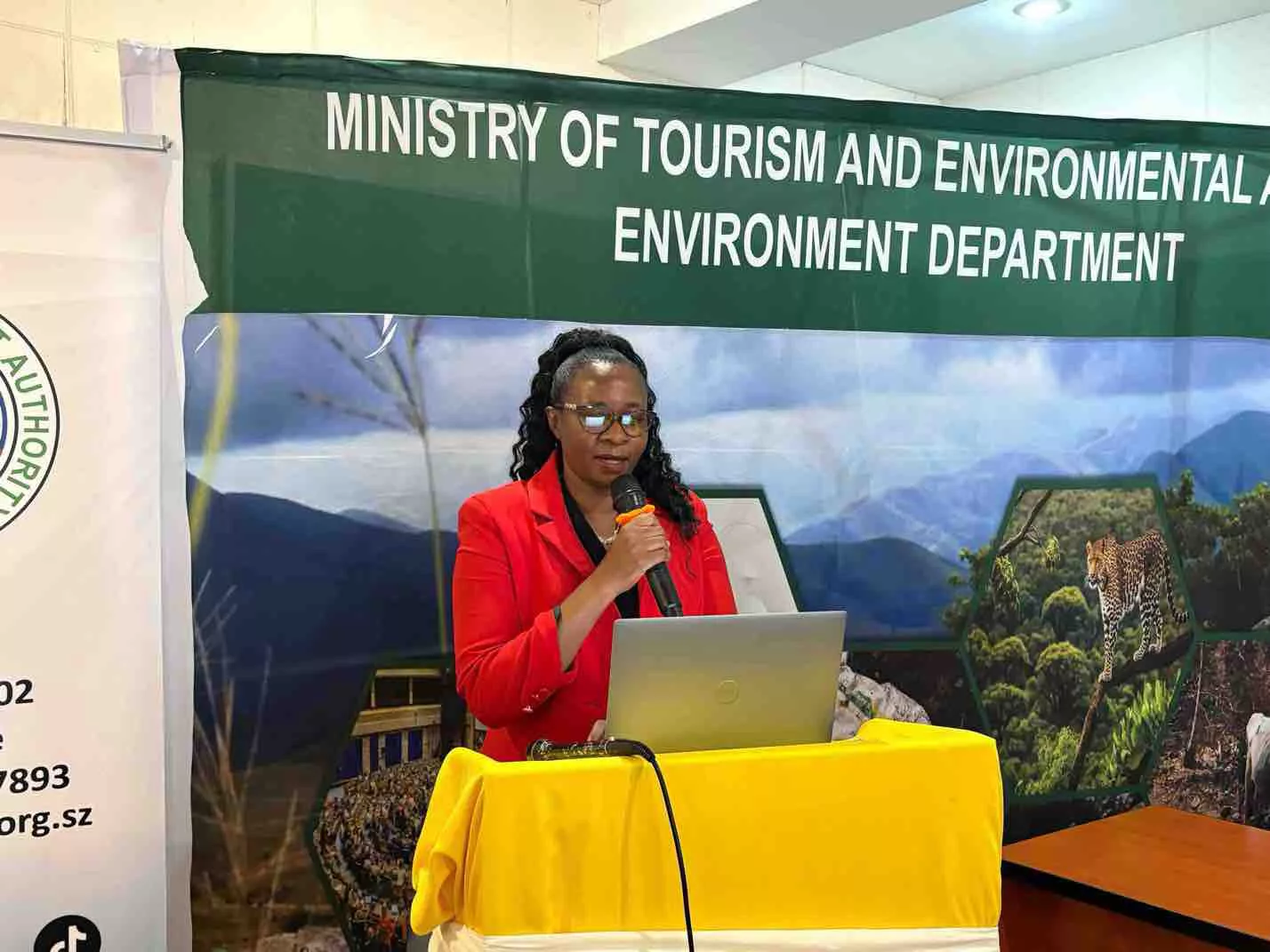A renewed partnership agreement signed by Novartis and the World Health Organization (WHO) will drive the global push towards making leprosy history. The five-year extension of the partnership – which was first signed in 2000 – will see Novartis continue to donate multidrug therapy (MDT) medicines to treat leprosy up to the end of 2025.
Widespread use of MDT has led to a 95% reduction in leprosy prevalence worldwide since its introduction in the 1980s, though more than 200,000 cases are still seen every year. Despite the huge impact of MDT, governments, donors, civil society, and the private sector will need to collaborate on deploying additional tools if the world is to get to zero leprosy.
“Leprosy can be cured and prevented. With a comprehensive approach, we can see the end of leprosy,” said Dr. Lutz Hegemann, Chief Operating Officer for Global Health at Novartis. “By supplying this treatment free of charge to WHO over the last 20 years we have helped over seven million people be cured of leprosy. We look forward to helping increasingly few over the coming years.”
Novartis is working with WHO and the Global Partnership for Zero Leprosy – together with other stakeholders – to develop improved access to MDT globally. An additional future step seems certain to include the rollout of prophylaxis programs in affected countries. New evidence from a Novartis Foundation initiated operational research program covering 170,000 people across seven countries has shown that giving prophylactic treatment with a single dose of a low-cost and widely available antibiotic to contacts of people diagnosed with leprosy is feasible, generally well accepted, and is likely to have a key role in accelerating the elimination of the disease.
“WHO welcomes the extension of this long-standing partnership with Novartis. Multidrug therapy has been a cornerstone of the program to eliminate leprosy,” said Dr Ren Minghui, Assistant Director-General, Universal Health Coverage / Communicable and Noncommunicable Diseases, WHO. “We need to ensure we are reaching the last patients who are often in remote areas or informal settlements. It is in these deprived communities where much of the world’s remaining leprosy is concentrated.”
The new agreement with WHO also covers the continuing donation of triclabendazole for the treatment of fascioliasis. This condition, more commonly known as liver fluke infestation, is a neglected tropical disease that infects 2.4 million people worldwide with an additional 180 million at risk of infection. Novartis has been donating the treatment to the WHO since 2005, helping to treat around two million fascioliasis patients in more than 30 countries. Triclabendazole is currently the only medicine for fascioliasis recommended by the WHO and is on the WHO Model List of Essential Medicines. It is supplied by WHO during epidemic outbreaks and for periodic use in endemic countries.
For over 30 years, Novartis and the Novartis Foundation have been working with partners around the world on innovative approaches to leprosy elimination. Leprosy is now part of the Novartis Global Health & Corporate Responsibility Unit as a Flagship program. Novartis Global Health & Corporate Responsibility aims to transform health in lower-income populations through applying expertise, people, and full organizational capability to address major, unresolved global health challenges.
SOURCE
Novartis






